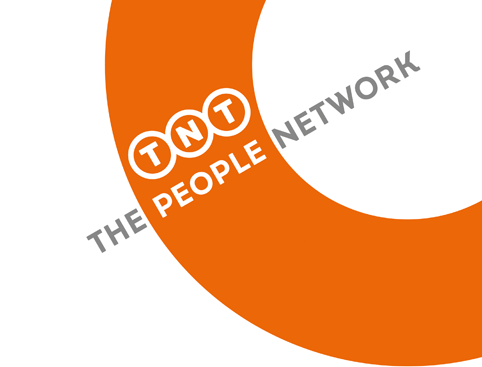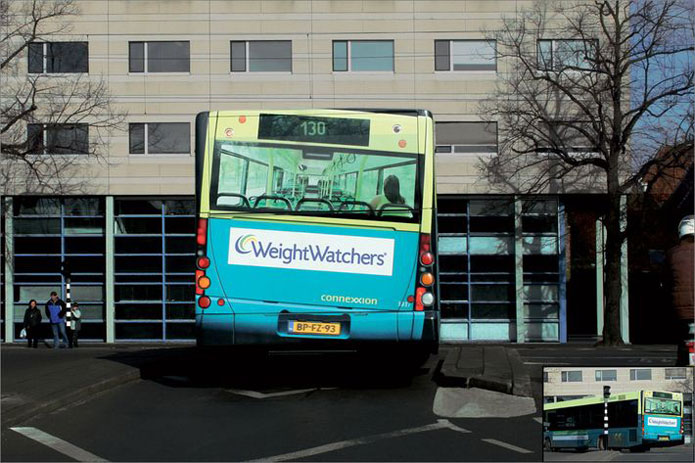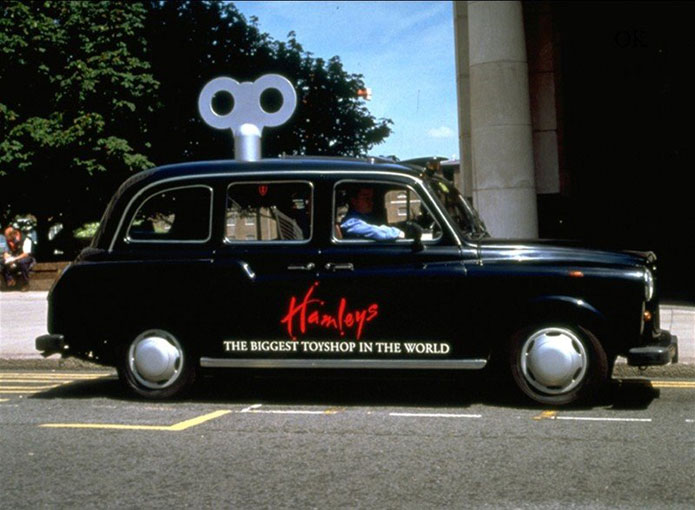Insight
At puberty, girls’ confidence plummets, often because society limits girls to stereotypes. These stereotypes can even be found in subtle places – even on their phones.
Always conducted over 10 surveys worldwide to better understand girls’ confidence at puberty. One statistic serves as the cornerstone for the Always #LikeAGirl campaign: 56% of girls experience a severe drop in confidence at puberty. An additional statistic drove the insight for this brief: 72% of girls feel society limits them, which contributes to their drop in confidence at puberty.
For this campaign, it needed to challenge society’s limitations and the primary target audience was girls ages 10-24. The secondary target audience included mothers of preteen girls.
As the agency further explored the factors contributing to girls feeling limited, it discovered that girls are stereotyped in the language they use most: emojis. Girls send over a billion emojis every day, but do emojis represent them?
While subtle, emojis are a representation of society’s bias. Starcom explored this bias in a social experiment with interviews of those most impacted: the real girls' whose confidence is in jeopardy. It turns out, unless girls only relate to being princesses and beauty-obsessed, the answer is no. In fact, 67% of girls feel that even emojis imply that girls are limited.
Strategy
For Always, Starcom wanted to engage with girls asking them to be part of the change and to share their ideas and suggestions for female emojis. The media strategy not only had to drive awareness of the issue but also encourage participation.
Social media became the cornerstone and the call to action was key to incite participation, inviting girls to share ‘what emoji do you want, tell us #LikeAGirl’.
It set out to rally girls all over the world to demand new, non-stereotypical emojis reflecting how unstoppable the girls they represent really are.
As ideas poured in via social media, the agency was ready to help Always respond in real time with custom-designed emojis reflective of each suggestion. In the end, the idea was bigger than emojis. It was about challenging stereotypes, keeping girls confident and creating change.
Execution
The Always #LikeAGirl - Girl Emojis film launched on March 2, 2016, to share the movement girls in 22 markets around the world with an additional push on March 8 for International Women’s Day.
The campaign was the springboard for the video to reach as many girls as possible. The agency seeded it across social platforms, including YouTube to drive views and Facebook to amplify reach.
Media Placements were supplemented with a public relations push with digital and cultural influencers on YouTube and Twitter. When First Lady Michelle Obama asked to be a part of the #LikeAGirl conversation, Starcom fueled the conversation amplifying the message across Twitter where Always drove even further engagement. It then partnered with Mrs. Obama’s Let Girls Learn initiative for an experiential event to empower girls on International Women’s Day in Washington, D.C.
Paid and earned media support lasted for four weeks post launch in most markets, with an additional three months of support in high priority markets. Each market optimised to the places and content formats that were resonating most in local culture.
And as planned, Always responded in real time with custom designs in social showing girls’ creations for their emojis that better reflect who they are, from wrestlers to paleontologists to general badasses.
Results
With 48+ million video views and thousands of girls all over the world demanding change, Always #LikeAGirl - Girl Emojis film was the #1 ad on YouTube for March 2016.
It garnered attention from top-tier celebrity and cultural influencers, including tweets from actor/activist Emma Watson, media mogul Arianna Huffington, an invitation to ring the bell at the New York Stock Exchange, and even one of the most influential women in the world, First Lady Michelle Obama. The latter led to the partnership with her Let Girls Learn initiative.
But perhaps no reaction to the rally for girl emojis was more thrilling than a response from the Unicode Consortium, the gatekeepers of emojis, asking Always to gather and pass along all the ideas for consideration. All ideas were shared with them, per their request, as they work towards the next emoji update, affecting phones all over the world. Google even joined this mission and requested a Girl Emoji code.
Creating change in an effort to keep girls confident. No amount of media impressions can top that.










































